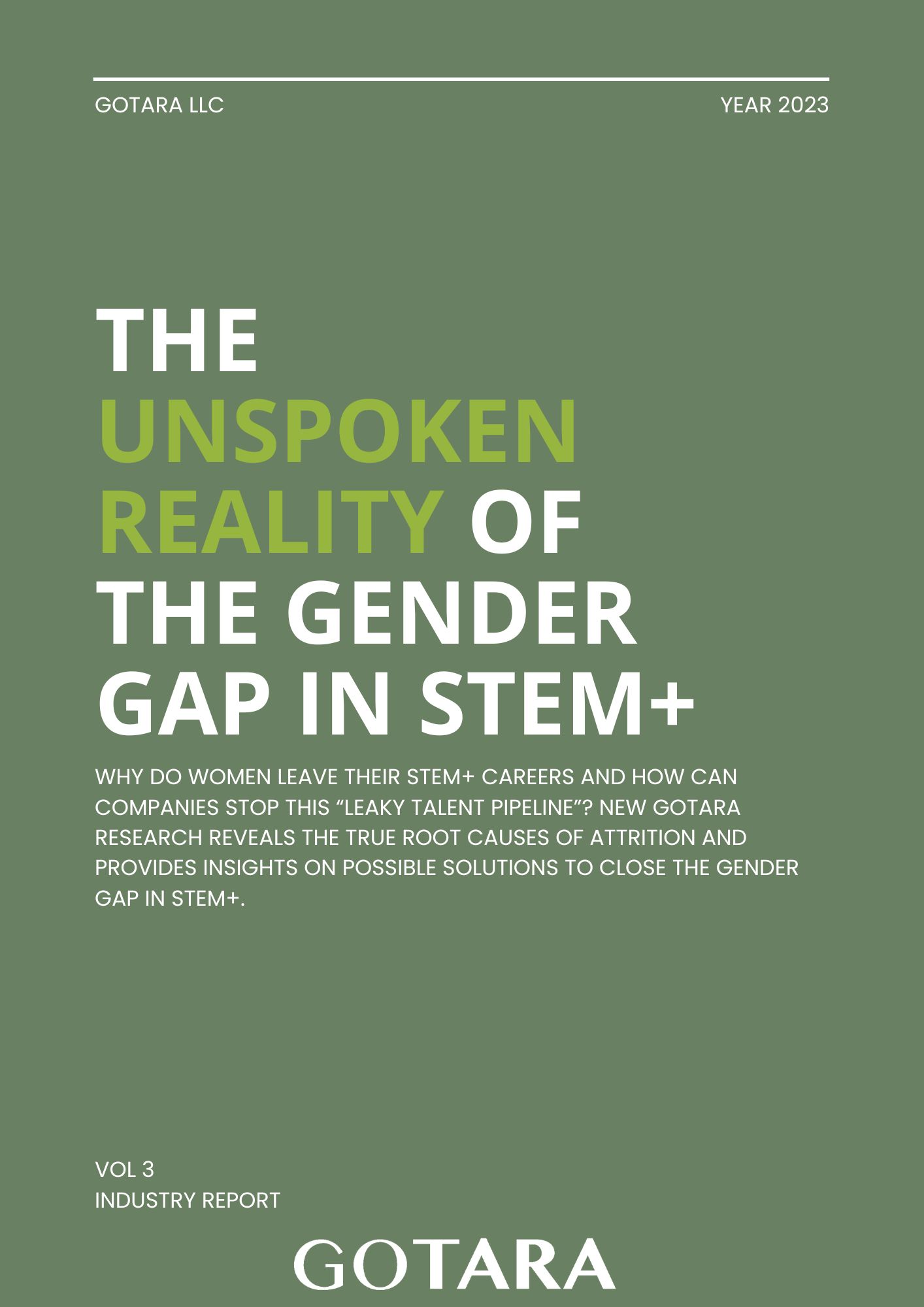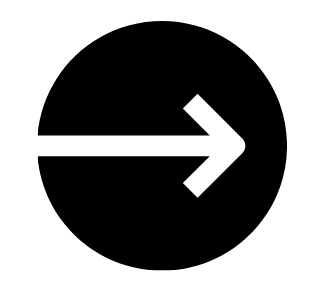
The Unspoken Reality of the Gender Gap in STEM
The multifaceted nature of today’s world demands a diverse range of perspectives and expertise to tackle its intricate problems. From climate change to health care to renewable energy to artificial intelligence, the complexity of these challenges calls for a wide array of talents in science, technology, engineering, and mathematics (STEM). By 2031, the U.S. alone will need 11.1 million STEM jobs. Unfortunately, the current supply of skilled STEM workers (approximately 9.9 million) falls short of meeting the demand, and this shortage threatens to impede advancements in various fields.

One population that can help fill this supply gap is women in STEM. Stephanie Beers, Assistant General Counsel, Workforce Regulations and Policy, Microsoft, likens this to “widening the aperture of a camera lens.” Yes, colleges are hosting more women in STEM than ever. In the U.S., 45% of STEM students are women. And companies are competing to hire diverse talents. However, women hold only 26% of STEM jobs in the U.S. workplace and continue to leave after only five to seven years in their careers.

By understanding the true nature of the unspoken reality that women in STEM face, organizations can repair both the “leaky pipeline” (women dropping out of STEM roles at an alarming 40% rate) and the “broken rung” (women not attaining parity in senior-level roles). Organizations can work toward reducing attrition, nurturing leadership talent, achieving gender parity, and meeting the current and future demands of the market and society. These efforts will not only benefit individual organizations but also foster innovation, drive economic growth and contribute to a more inclusive and equitable future.
Ninety-three percent of organizations say employee retention is a primary concern. In addition, failing to address this issue has impacted (and will continue to impact) organizations to the extent that those organizations that do address it will sooner rather than later take control of their market share, not to mention saving more than $9B dollars in replacement costs in the U.S. alone. Instead, addressing the issue requires understanding the root causes of why women stagnate in or leave their positions.

Based on confidential advice requests from 28,000+ Gotara members in 174 countries, we have uncovered the following root causes—what we call the “unspoken reality” because these root causes are typically not discussed in exit interviews or exit surveys (even when these surveys are anonymous):
- The feeling of being undervalued
- Unsupportive managers
- Exclusionary behaviors in the workplace
- No growth opportunities provided
This research busts the myth that women leave their STEM* careers within five to seven years to raise their families. In fact, 91% of reasons why women stagnate and leave their careers are because they feel forced out, not because of family reasons. The exit interviews do not reveal the true root causes but instead point to topics like wanting a bigger job scope, better compensation, or family reasons. Women do not share the true root causes because they do not want to burn bridges that could block their future opportunities.
Gotara’s research sheds light on the true root causes, provides solutions, and emphasizes the critical need for diversifying the STEM workforce. It focuses on upskilling and coaching women and their managers to accelerate business impact and close the talent gap in STEM fields.
For a deeper dive, read our recent Industry Report, The Unspoken Reality of the Gender Gap in STEM.

